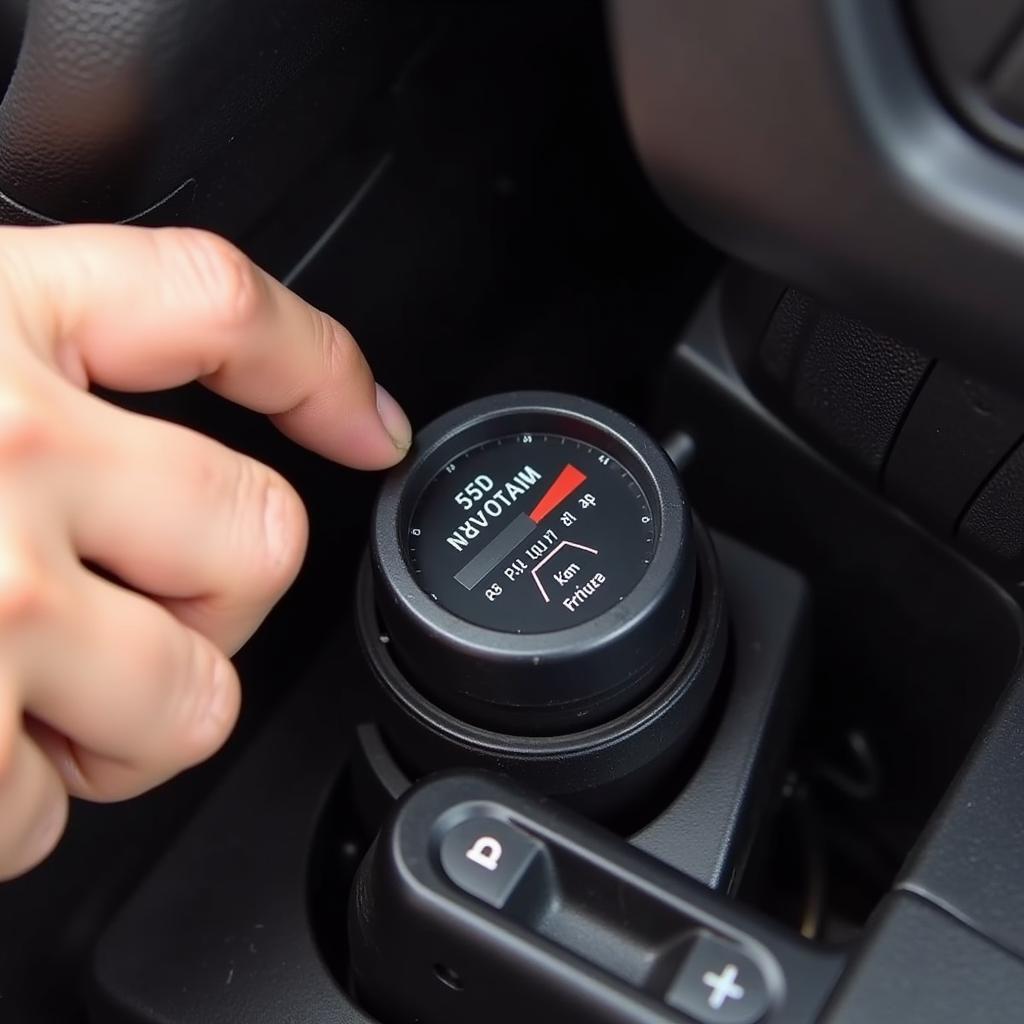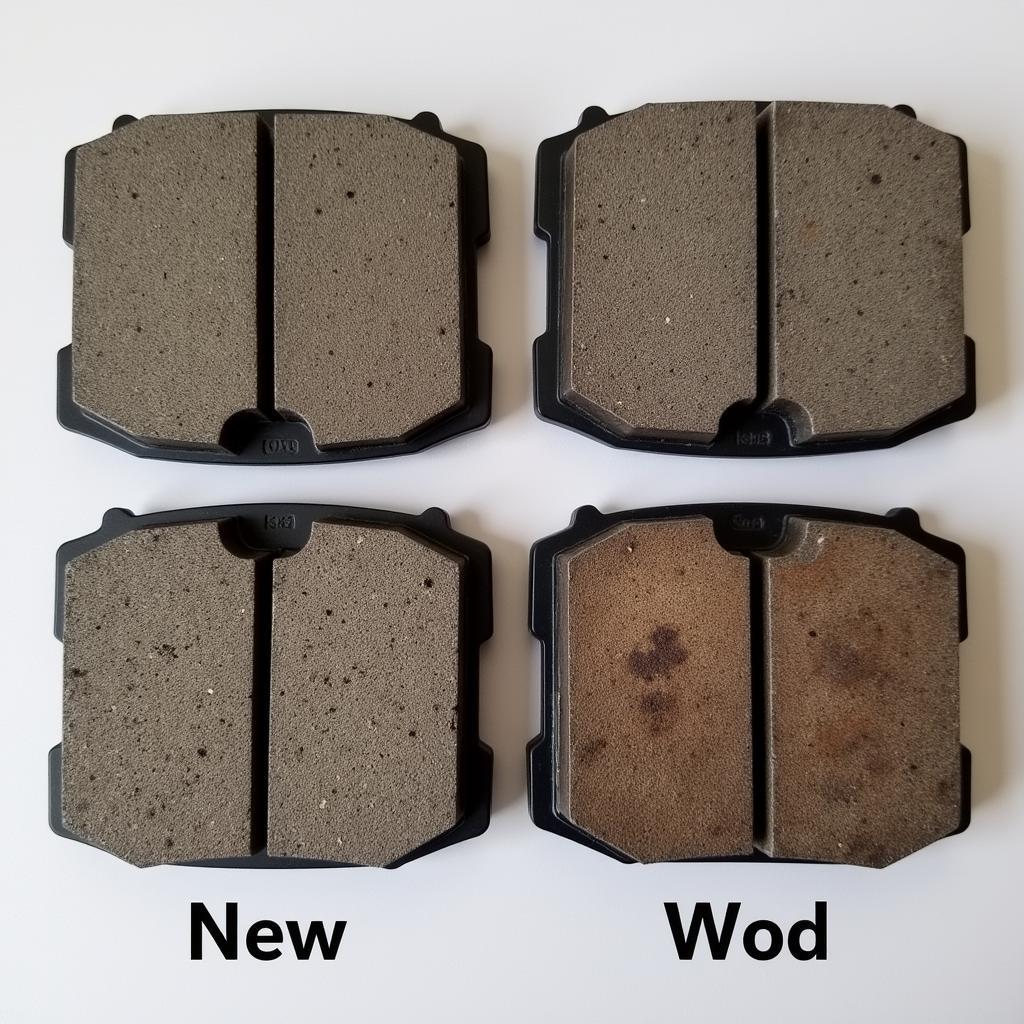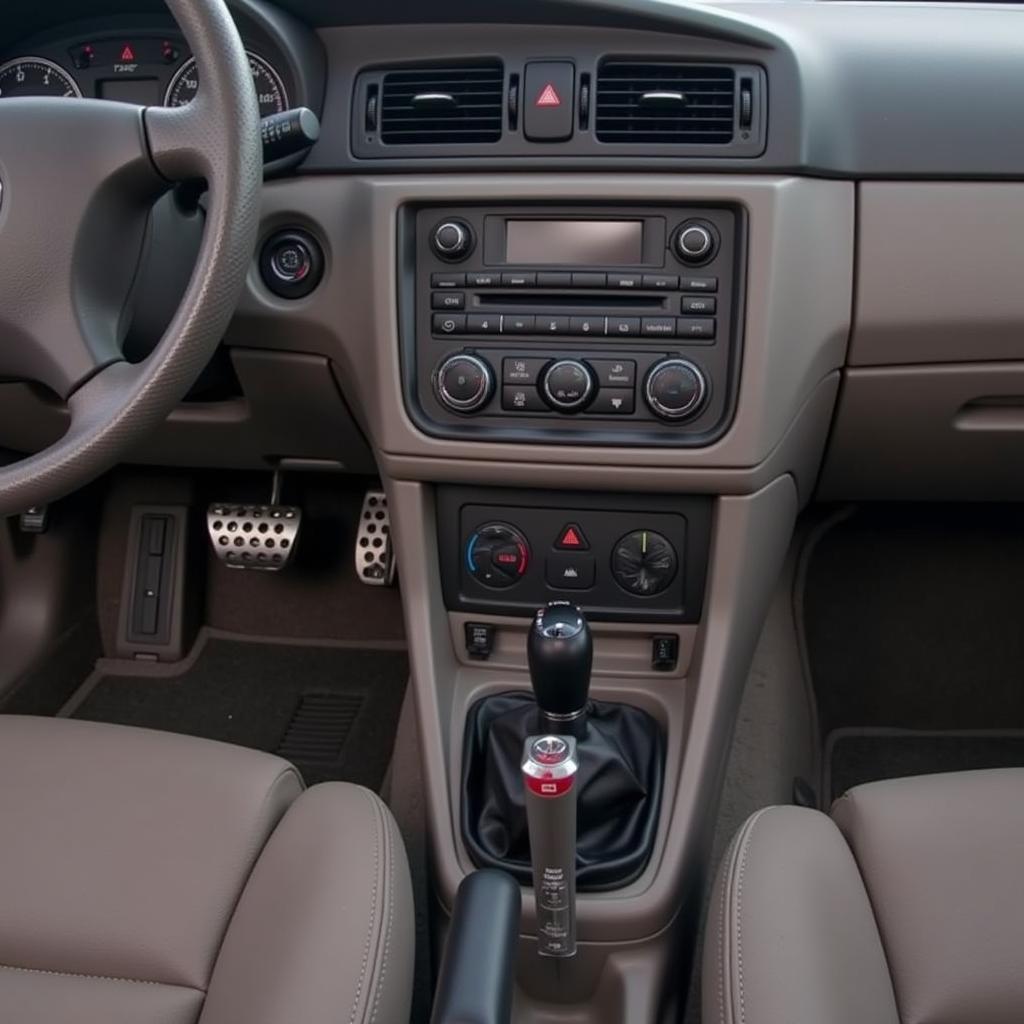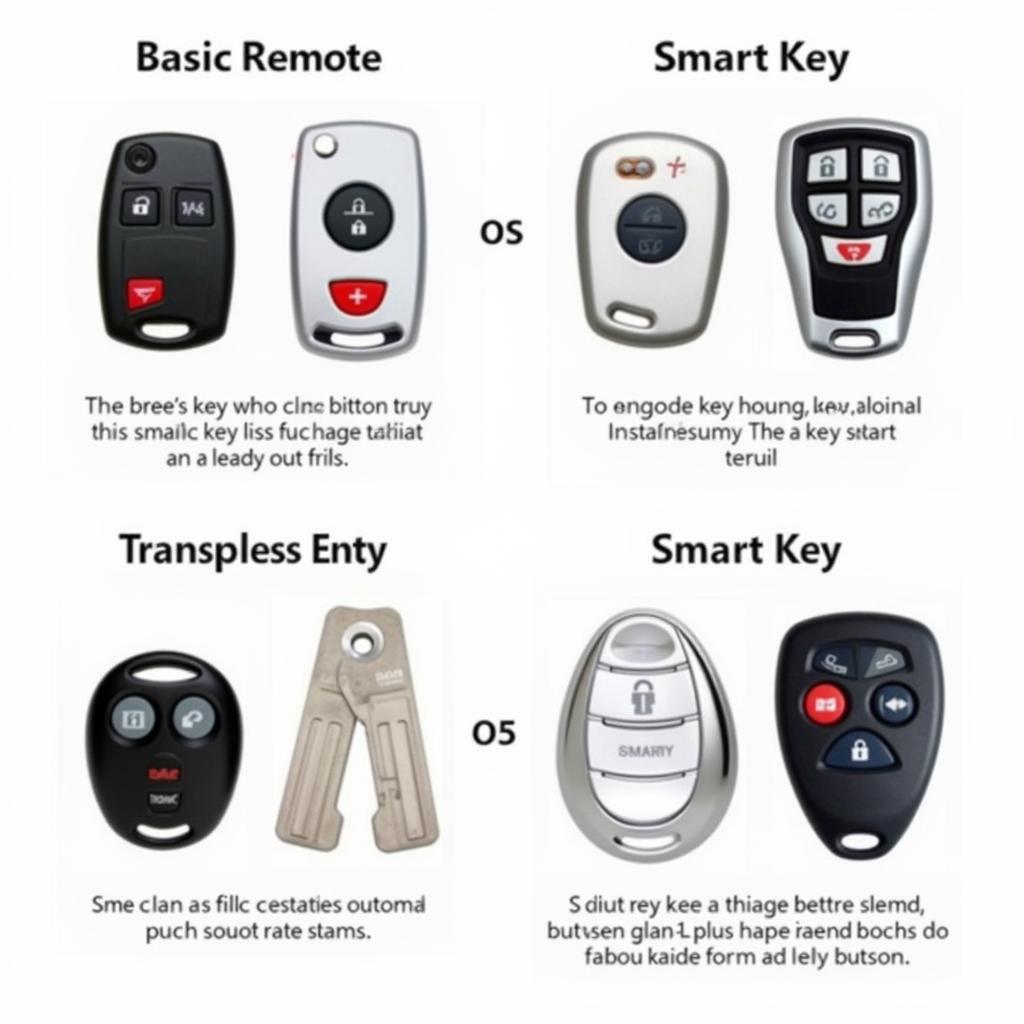The brake warning light on your Fiat Bravo dashboard is a crucial safety feature designed to alert you to potential issues with your braking system. While a glowing brake light can be a cause for concern, it’s important to understand that it doesn’t always signal a catastrophic problem.
This comprehensive guide will delve into the various reasons why your Fiat Bravo brake warning light might be illuminated, providing you with the knowledge and practical steps to diagnose and potentially resolve the issue. We’ll explore common causes, troubleshooting tips, and when professional assistance is necessary, ensuring you regain confidence in your vehicle’s safety.
Common Causes of a Fiat Bravo Brake Warning Light
Several factors can trigger the brake warning light in your Fiat Bravo. Identifying the root cause is essential for effective troubleshooting. Here are some of the most common culprits:
1. Low Brake Fluid Level
One of the most frequent reasons for the brake warning light is a low brake fluid level. Brake fluid is the lifeblood of your car’s braking system, transmitting the force applied to the brake pedal to the brake calipers, which then squeeze the brake pads against the rotors, slowing or stopping your vehicle.
Over time, brake pads wear down, and the brake fluid level naturally decreases. However, a sudden drop in brake fluid level often indicates a leak in the system.
Troubleshooting Tip:
- Check the brake fluid reservoir: Locate the reservoir (usually a translucent plastic container) under the hood, consult your owner’s manual for the exact location. Check the fluid level against the minimum and maximum markers. If the level is low, add the correct type of brake fluid (as specified in your owner’s manual).
 Checking the Fiat Bravo Brake Fluid Reservoir
Checking the Fiat Bravo Brake Fluid Reservoir
2. Worn Brake Pads
Brake pads are designed to wear down over time as they generate the friction needed to stop your vehicle. When the brake pads reach a certain thickness, a wear indicator (a small metal tab) will contact the brake rotor, creating a high-pitched squealing sound. In many Fiat Bravo models, this wear indicator also triggers the brake warning light on the dashboard.
Troubleshooting Tip:
- Inspect your brake pads: If you hear a squealing noise when applying the brakes or notice your brake warning light is on, it’s crucial to inspect your brake pads as soon as possible. You can visually check the brake pad thickness through the spaces between the wheel spokes. If the pad material is close to or less than 1/4 inch thick, it’s time for a replacement.
 Worn Brake Pads on a Fiat Bravo
Worn Brake Pads on a Fiat Bravo
3. Faulty Brake Pad Wear Sensor
While designed for durability, the brake pad wear sensor itself can malfunction. A broken sensor wire or a faulty connection can cause the brake warning light to illuminate even if the brake pads are in good condition.
Troubleshooting Tip:
- Check the brake pad wear sensor: Visually inspect the sensor for any signs of damage, such as cuts or fraying. Check the sensor’s connection to the brake system. If you suspect a faulty sensor, it’s best to consult a qualified mechanic for diagnosis and replacement.
4. ABS Issue
The Anti-lock Braking System (ABS) is a vital safety feature that prevents the wheels from locking up during hard braking, maintaining steering control and reducing stopping distances. A malfunction within the ABS system, such as a faulty wheel speed sensor or a problem with the ABS control module, can trigger the brake warning light.
Troubleshooting Tip:
- Run a diagnostic scan: If you suspect an ABS issue, it’s best to connect an OBD-II scanner to your Fiat Bravo’s diagnostic port to retrieve any stored fault codes. These codes can pinpoint the specific area within the ABS system that requires attention.
5. Other Potential Issues
While the above causes are the most common, other less frequent issues can also trigger the brake warning light in your Fiat Bravo. These include:
- Faulty brake light switch: This switch activates the brake lights when you press the brake pedal. A malfunctioning switch can disrupt the brake light circuit and trigger the warning light.
- Air in the brake lines: Air bubbles in the brake lines can compress, reducing the hydraulic pressure needed for effective braking and illuminating the warning light.
- Master cylinder failure: The master cylinder is responsible for generating the hydraulic pressure that activates the brakes. A leaking or malfunctioning master cylinder can lead to a loss of braking power and trigger the warning light.
- Parking brake engaged: While seemingly obvious, forgetting to disengage the parking brake fully can keep the warning light illuminated.
 Locating the OBD-II Port in a Fiat Bravo
Locating the OBD-II Port in a Fiat Bravo
Conclusion
A glowing brake warning light in your Fiat Bravo is a serious matter that should never be ignored. By understanding the common causes outlined in this guide and following the troubleshooting tips, you can take the first steps towards resolving the issue.
However, it’s essential to remember that your safety is paramount. If you are unsure about any aspect of inspecting or repairing your Fiat Bravo’s braking system, seek professional assistance from a qualified mechanic immediately. Regular maintenance and timely attention to warning signs will ensure your Fiat Bravo remains safe and reliable for miles to come.

